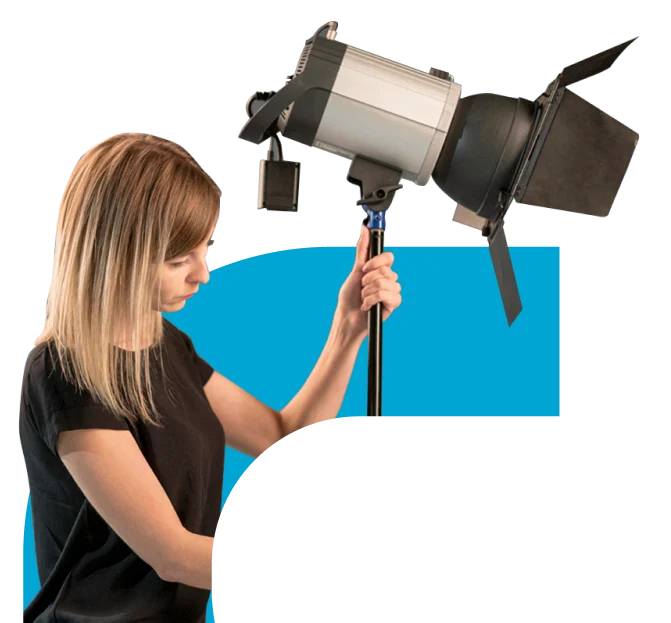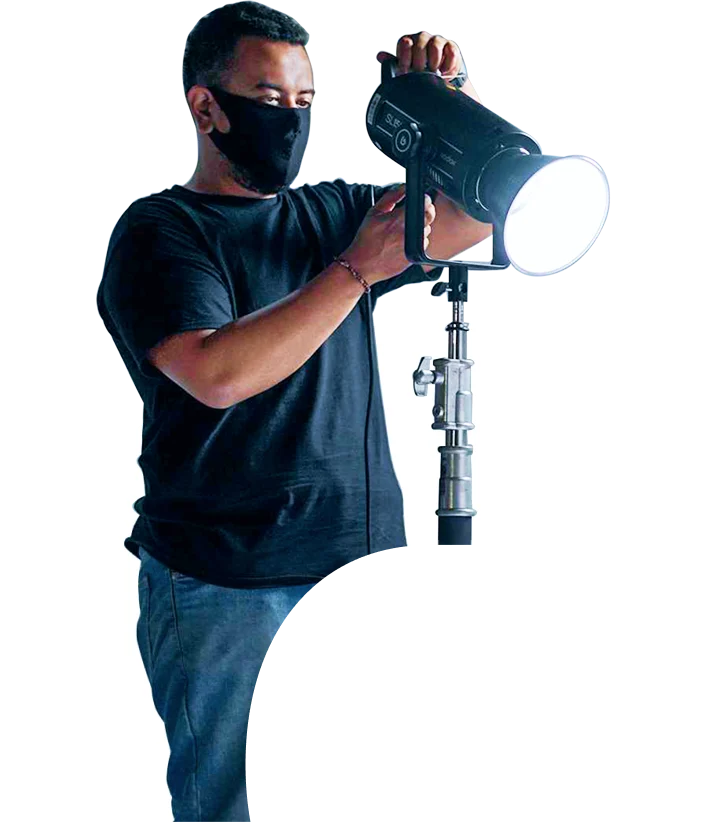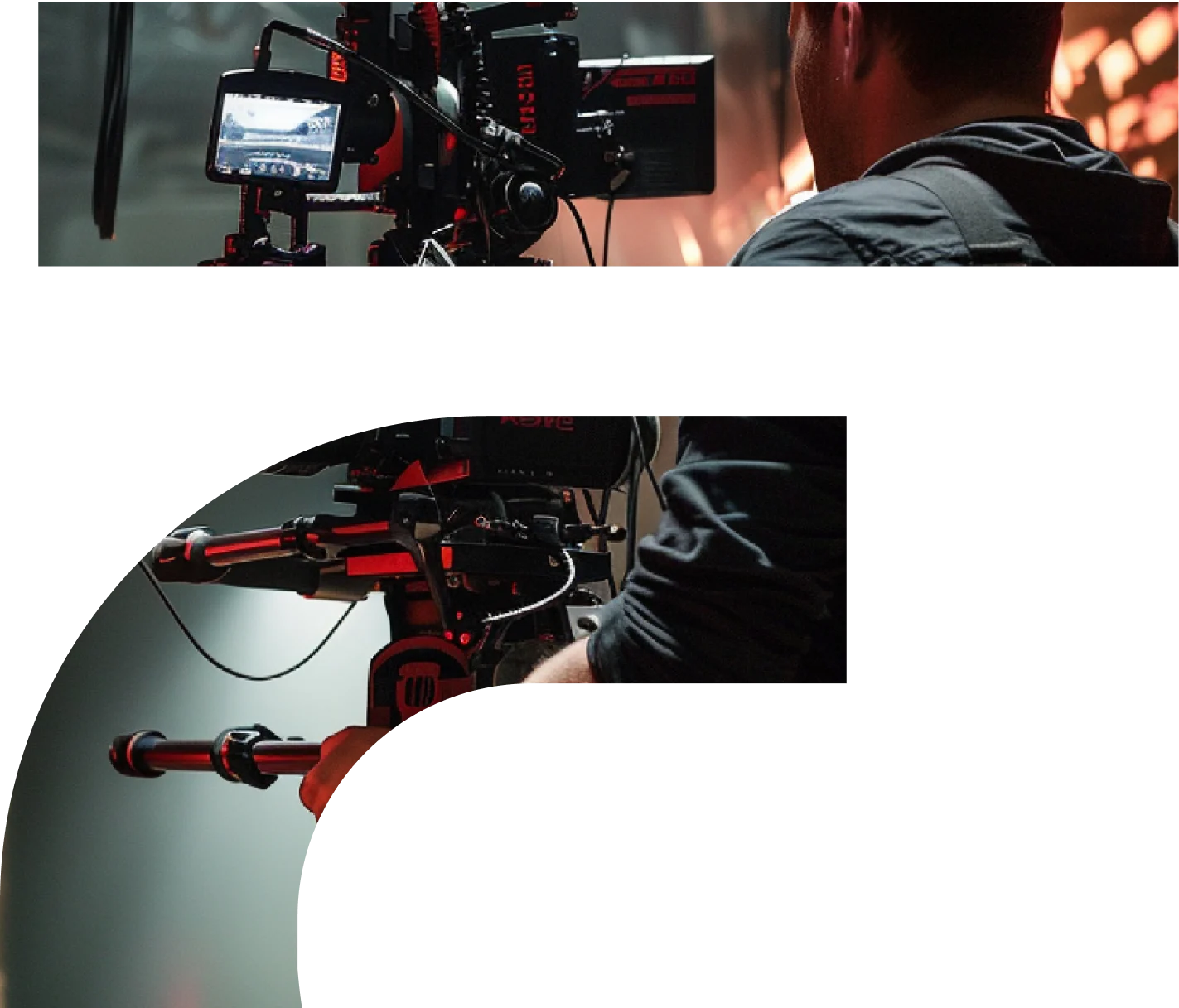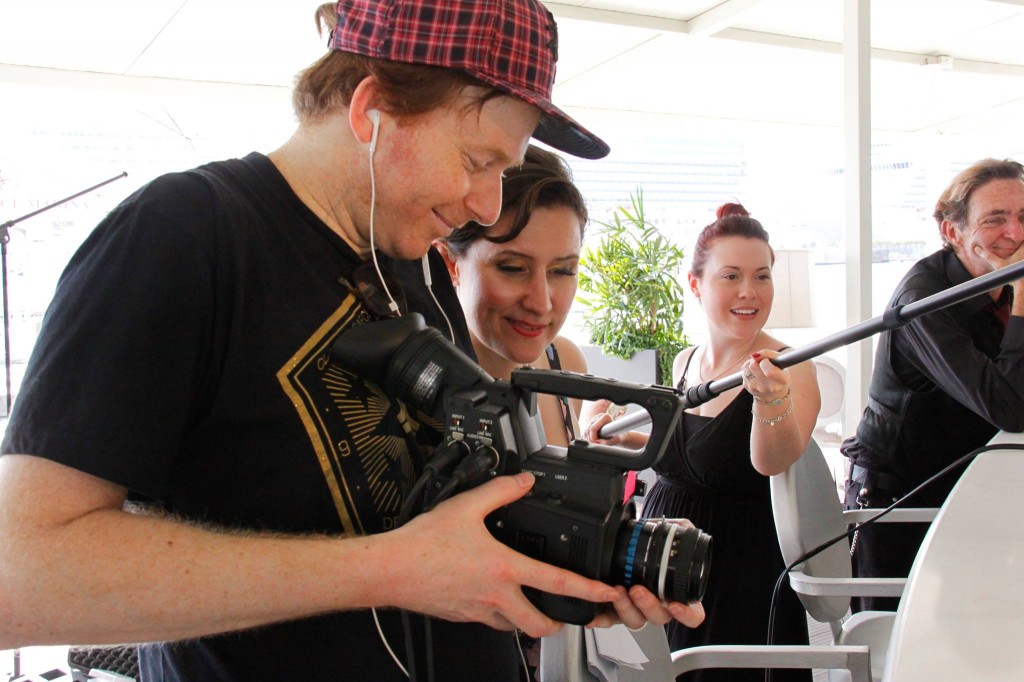In the dynamic world of film, the path to becoming a key grip doesn’t demand a formal degree. While education can provide valuable knowledge and foundational skills, the film industry often places significant emphasis on practical experience, hands-on learning, and networking over academic credentials. Many successful key grips have found their careers through hands-on training, starting at entry-level positions and gradually working their way up the ranks.
They’ve gained expertise through apprenticeships, assisting seasoned professionals, and accumulating practical know-how on film sets. The film industry values practical skills, adaptability, problem-solving, and a deep understanding of on-set dynamics. These traits are often best acquired through real-world experiences rather than classroom learning.
Technical proficiency in rigging, equipment handling, and lighting techniques can be honed through on-set training and mentorship. Building relationships with professionals, securing internships, and working on independent or low-budget projects provide crucial exposure and opportunities to learn from experienced individuals. The film industry often values demonstrated skills, a strong work ethic, adaptability, and a proactive attitude.
In essence, while a degree can be advantageous, the film industry prizes practical skills, experience, and industry connections. For aspiring key grips, gaining hands-on experience, networking, and demonstrating technical skills through practical work is a more beneficial path toward a successful career in the film industry.











